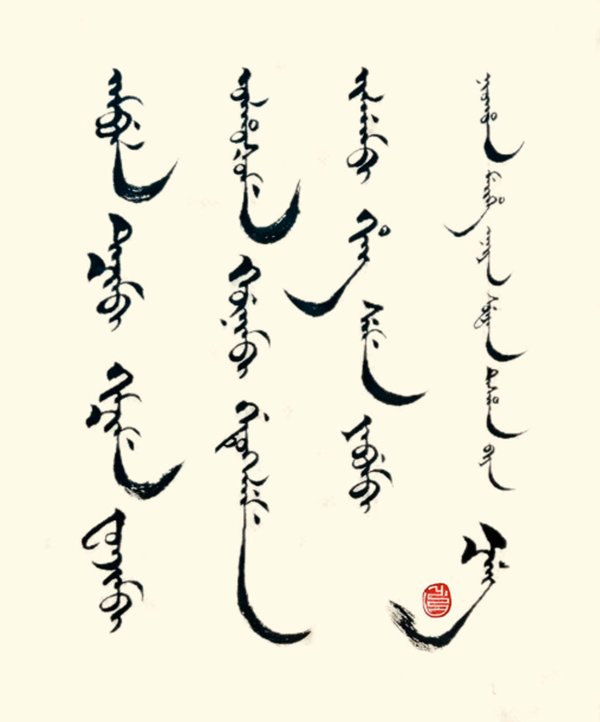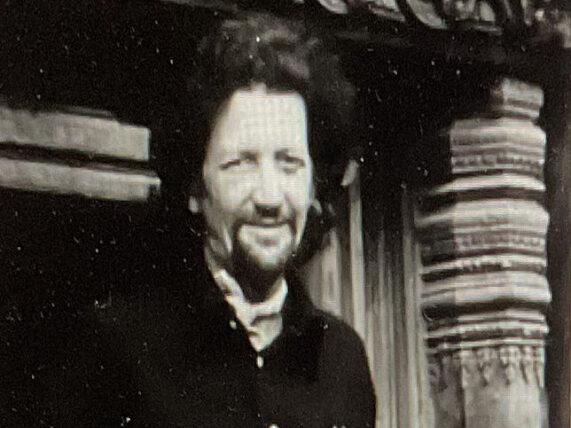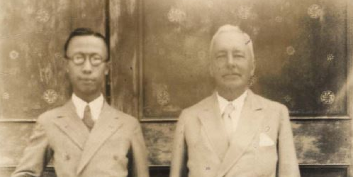V&A African Fashion Exhbition

By Carlotta Rose Busetto, BA Chinese
For the first time since its opening in 1852, the V&A is holding an exhibition entirely dedicated to African fashion design until the 16th of April 2023 called ‘Africa Fashion’. It is a wonderful attempt to remove the veil that has concealed African creativity for so long, particularly within the world of fashion. The main theme reflects a concept of ‘abundance’ over ‘lack’, underpinned by ‘a new Pan-Africanism’ that seeks to unify rather than exclude. Through a diverse presentation of pieces from African household names and photography, the exhibition attempts to release African fashion from the constraints of colonialism and racist assumptions, thus allow- ing individual stories to dominate instead.
“Through a diverse presentation of pieces from African household names and photography, the exhibition attempts to release African fashion from the constraints of colonialism and racist assumptions, thus allowing individual stories to dominate instead.”
The exhibition starts with a historical contextualisation centred around the aftermath of decolonisation both within Africa and among African people dispersed around the world. During the era of independence, from the 1950s onwards, the emergence of Pan-Africanism was not limited to politics. The newly found pride of being African appeared and established itself across all artistic fields, including fashion, thus provoking an ‘African cultural renaissance’. Values of empowerment and equity, fundamental to independence politics, inspired African designers to incorporate ‘traditional local practices’ with ‘global contemporary practices’ to create designs that celebrated and unified the Black Diaspora, as well as mobilising support for the cause of independence within countries still under colonial control. Governments of newly formed African states realised fashion’s potential to advocate Pan-Africanism, and thus to decolonise African minds, and pursued economic policies to incentivise the fashion sector.
‘Africa Fashion, starts off with an introduction of some of the most famous African designers, who, as a result of the economic flourishing of the fashion industry and their grow- ing foreign clientele, added styles from outside the continent to their repertoire.
In fact, the postcolonial period encouraged a kind of design that crossed the borders of Africa and reached African com- munities dispersed around the world, as African textile tech- niques were often paired with sartorial practices developed in Europe, where a high proportion of African people resided. The designers presented include Alphadi, Naïma Bennis, Kofi Ansah, Shade Thomas-Fahm and Chris Seydou.
Alphadi was born in Mali, where he first learnt fashion design, and later on moved to Paris to pursue his studies. Among the designers exhibited, he is probably one of the main representatives of the globalisation of African fashion in the post-colonial period. His insights into traditional African dress-making methods from a young age and the clear absence of African design in mainstream outlets prompted him to found the International Festival of African Art (FIMA) in 1998, showcasing African talent, as well as designers from other parts of the world like Kenzo and Yves Saint Laurent. Some of the textiles he worked with included Kuba cloth, made from woven raffia, and Téra-Téra cloth, which was historically used for bridal wear in Nigeria.
Naïma Bennis was a Moroccan fashion designer who started her brand in 1966 with the opening of her first boutique in the Hilton Hotel in Rabat. Her designs catered to the international guests staying at the Hotel, as well as the local people of the city. Because of this, many of her pieces included a combination of Moroccan and European design, which was most commonly found in her pairing of ‘Moroccan silhouettes’ with ‘French couture fabrics’ for convenient and fashionable apparel for women in the cities. One of her most renowned designs is the evening cloak attained from a combination of masculine (‘bernous’ – cloak) and feminine (‘qeftan’ – gown) Moroccan fashion pieces. This infamous piece was crafted from velvet fabric, with gold trimmings and catered to upper-class women of the 70s and 80s.
The second part of the exhibition explores fashion through the lens of photography. A series of images are displayed, half of which were taken in photo studios across Algeria, Burkina Faso, Mali and Cameroon, while the other half consist of por- traits probably taken by family members in both casual and formal settings.Taken throughout the post-colonial period, through people’s choice of attire, the photos not only capture the ‘renaissance’ within African fashion itself but also within people’s perception of being African. In fact, fashion photog- raphy of the 70s and 80s immortalised and boosted the newly found African pride felt within the continent itself, as well as across the diaspora.
As stated by the curators themselves, it was about time that an exhibition like ‘Africa Fashion’ was arranged. Silencing within African design is a phenomenon that is still very much present in mainstream fashion, and the exhibition is an attempt to raise awareness that this is an issue that should no longer be perceived as the norm. ‘Africa Fashion’ walks visitors through an extremely informative journey of the ‘African Renaissance’ of the post-colonial period and is an opportunity that should absolutely not be missed.
Photo Caption: Chris Seydou, Dress, silk and lurex, Paris, France, 1983 (Credit: Courtesy of Lydie Ullmann, Victoria and Albert Museum).




